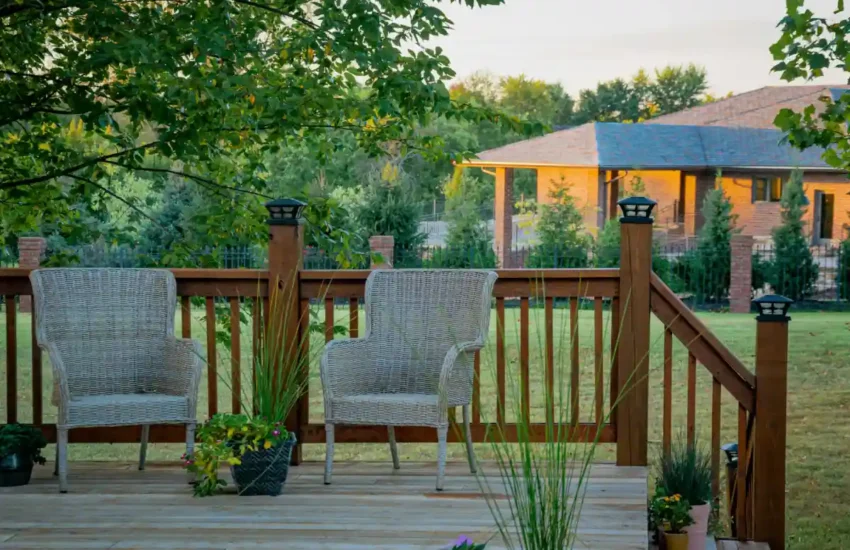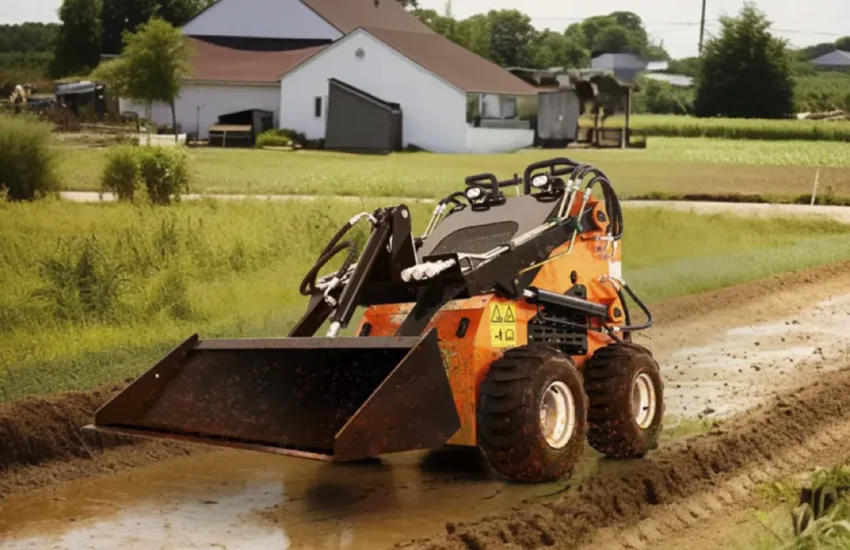What Clothes Roofers Wear While Installing A Roof
If you are a roofing professional, you should probably take extra precautions to avoid putting yourself in dangerous situations at any point when you can help it. For roofers, there are a variety of hazards to contend with, including those that could injure your hands and feet. Slips and falls are a common hazard on most roofs because of their steep pitches.
All of us are well aware of the significance of wearing Personal Protective Equipment (PPE) at work to protect ourselves from potential hazards. The finest safety precautions include a three-point harness and guardrails, but it’s also a good idea to wear a pair of roofing shoes and gloves that will give you the best traction.

The hands and feet of roofers are exposed to a lot of danger. Thus they need a pair of protective tools. That’s why having the best roofing gloves and shoes is important. Click here to learn more about the best roofing practices.
Protective Gloves For Roofers:
Using the most effective roofing gloves, which you can get from stores like unigloves.co.uk, protects your hands from hazards like roughness and irritation. In addition to providing more grip and protection from puncture and cuts, many roofer gloves that you can rely on also provide additional protection from sharp edges.
When it comes to roofing gloves, they may differ slightly from other types of gloves on the market. Mostly, work gloves are designed to protect our hands, palms and fingers rather than our knuckles.
There are just a few types of roofing gloves that offer vibration absorption and electrical insulation as built-in features. Gloves are designed to keep the workers safe from being wounded or harmed by hard items or sharp edges in their current working environment.
How does it work?
Roofing gloves act as a protective layer to keep workers safe in potentially dangerous settings. These work gloves are no different than any other on the market.
If you’re handling sharp objects, this is the glove you need. Also, they must be able to provide users with complete and total control over their tasks at any given time.
- Do Roofing Gloves Have a Long Lifespan?
Roofing gloves have a lifespan that depends on the type of glove used and how long it is used. Changing gloves regularly is expected when wearing gloves all day. At the very least, roofing gloves can endure for three weeks if properly cared for and maintained.
Protective Shoes For Roofers:
What are roofers looking for when it comes to their on-the-job shoes? Does it provide ankle support for long lengths of time on slanted surfaces? Extreme traction, do you think, comes from the soles? Is it the use of a light material that aids in reducing leg exhaustion? Is it fashion, then?
As a roofer, your feet need to be comfortable, but other qualities may be just as crucial. Foot-forward fashion, too, can influence your decision. There are long-lasting variants of nearly every shoe style. When selecting footwear for roofing, remember that the footwear must be able to meet the job’s demands or adapt effectively to the roof’s surface. Your best bet is a pair of water- and slip-resistant skate or sneaker safety footwear. Safety shoes for this type of work should meet the following requirements:
- S2 or S3-rated water-repellent outer layer;
- A toecap protector:
- Puncture-resistance shoe soles
- Abrasion resistance to a high standard.
A rubber sole or PU/rubber blend is preferred. Any material can be used for the toecap. In addition to asphalt, clay-tiled roofs, slate, and metal roofs, many other roofing materials are available. Roofing shoes with thicker treads are better suited to holding asphalt shingles that are rough and uneven. These can also be used to remove leaves and moss from roofs. Conversely, for smoother metal and slate roofing, use shoes with narrower tread patterns, like those found in tennis or basketball shoes.
- How do You choose roofing shoes?
You’ll need rubber-soled shoes or boots if you’re working on the extremely slippery metal roofs. Soft and lightweight soles are preferable. Avoid wearing too heavy or inflexible shoes, which might harm the roof and slow your movements.
Conclusion:
All workers at risk of hands and feet injury should get the best roofing gloves and shoes. It is not just for expert roofers. Regarding the comfort and efficiency of your workday, having the perfect pair of gloves and shoes for roofing can make all the difference. So many possibilities have emerged that it’s no longer as difficult as it once was to choose from. Just make sure you’re particularly diligent when making your choice.


